by The History Chicks | Jul 14, 2014 | Biography Episode, Episode, Podcasts
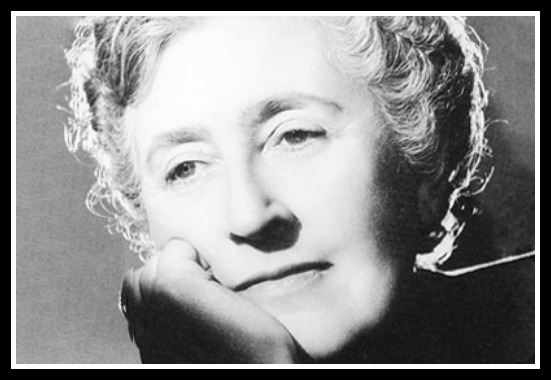
Agatha Christie once said that she wanted to be remembered as, “a good writer of detective and thriller stories.” We say she needs to be remembered for a whole lot more: daughter, wife, mother, pharmacist, playwright and adventurer only begin the list. Agatha Mary Clarissa Miller was born on September 15, 1890 in Torquay, England. She was the third (with a huge age gap) child of Frederick and Clarissa (Clara) Miller. We cover all the details of her family in the podcast, but let’s suffice it to say that her childhood was by all accounts idyllic and her family and home were full of kooky, smart, interesting characters worthy of a book series on their own.
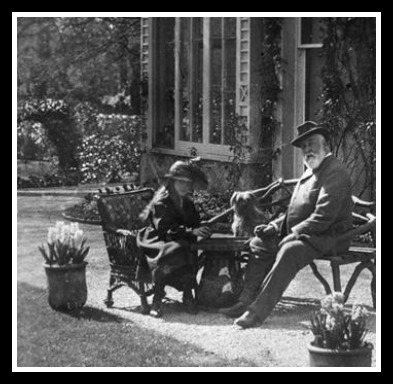
Agatha and her father at Ashfield
She was indulged by her parents, older brother and sister as well as the small staff of their charming upper- middle class home. Agatha didn’t attend formal school until she was a teenager but was educated at home. Bright and imaginative, she broke her mother’s “rule” that children shouldn’t learn to read until 8, but taught herself at 5. Oh yeah… she was a tree-climbing, imagination game playing, rule breaking, dog loving kid who had everyone in her life wrapped around her finger.
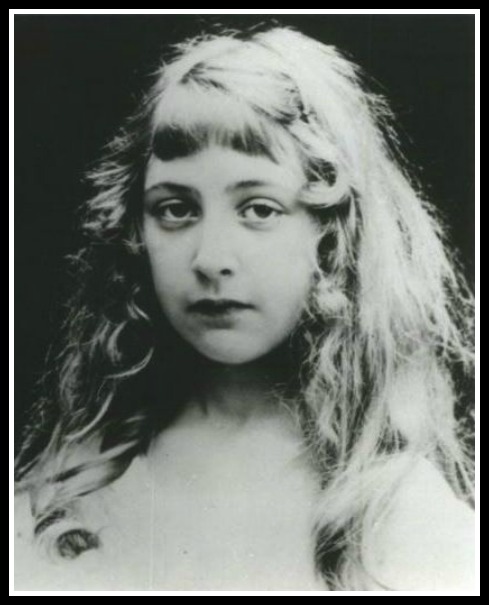
That is, until her father died when she was 11. With her brother and sister grown and living lives of their own, Agatha and her mother set off to redefine their family. Papa wasn’t the greatest money manager and financial troubles worsened after he died. But Clara, through smart choices, was able to keep the beloved family home, as well as provide a finishing school education in Paris and a coming out season in Egypt for Agatha. Agatha toyed with the ideas of “careers” as a professional singer or concert pianist. A bad review of her voice crushed her first dream, and stage fright her second. Once they were back home in Torquay, World War I broke out and it was all hands on deck with the war effort. Agatha, in her early 20s, did her part and worked in the local hospital. First in nursing duties and then in the pharmacy. She learned chemistry and biology and the education that would help her most in life: how poisons and medicines worked in the body. 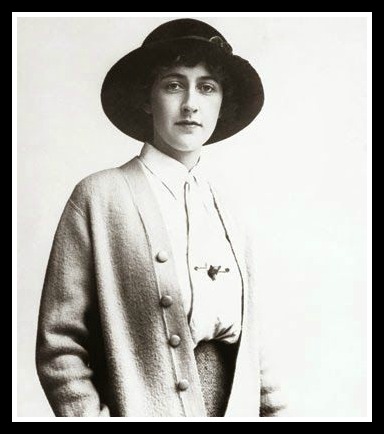 And in her free time what did she do? Write. Her sister challenged her to write a detective story by saying Agatha couldn’t so during the war Agatha completed a novel, The Mysterious Affair At Styles, and sent it off to publishers. She soon met a dashing and charming young aviator, Archie Christie who would- despite concerns and lack of time together- become her husband. Life with Archie distracted her- setting up a home and having a baby will do that- but one day she got word that her novel, starring a detective who was to follow her around for most of her career- Hercule Poirot- was to be published.
And in her free time what did she do? Write. Her sister challenged her to write a detective story by saying Agatha couldn’t so during the war Agatha completed a novel, The Mysterious Affair At Styles, and sent it off to publishers. She soon met a dashing and charming young aviator, Archie Christie who would- despite concerns and lack of time together- become her husband. Life with Archie distracted her- setting up a home and having a baby will do that- but one day she got word that her novel, starring a detective who was to follow her around for most of her career- Hercule Poirot- was to be published.

Agatha’s first novel, published in 1920, four years after it was written. (Remember that, aspiring novelists!)
Agatha was contractually obligated to write five more books, and Archie seemed to like that she was bringing in some money- so she did. Although he wasn’t what we would consider creatively encouraging, the income supported his golf and living-the-good-life habits. Agatha quickly learned the book business, got an agent and renegotiated a new contract with a better publisher. She was gaining success as a writer (although it took quite awhile for her to accept that she really was one).
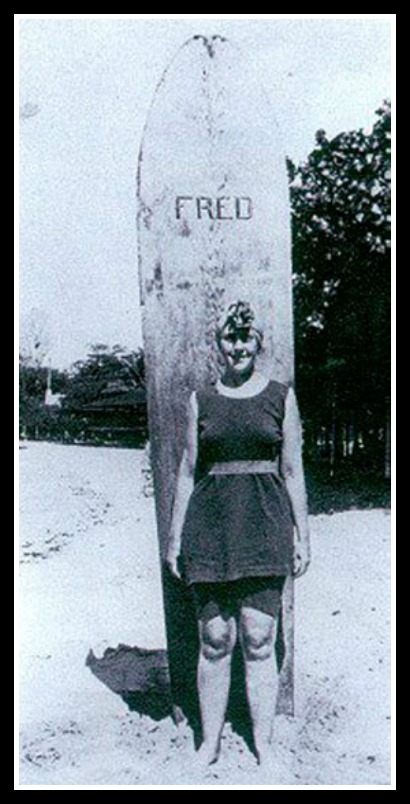
Agatha traveled with Archie for his job and learned to surf!
The family moved into a larger home and named it Styles after her first book. The Christie family seemed to have it all- but Archie was getting a bit more than his fair share: he had fallen in love with another woman. This news, along with Agatha’s mother’s death, sent the couple down a slippery slope and led up to what was possibly the greatest mystery in Agatha’s own life (aside from why Archie was such a jerk)- her eleven day disappearance in 1926.
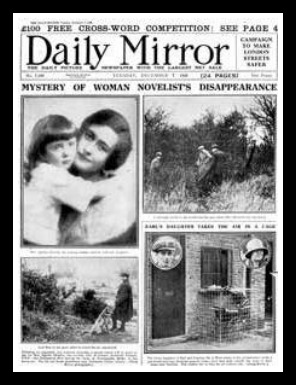
Agatha goes missing one day! Her car is found full of her belongings but she is gone! Her face is splashed all over the press.
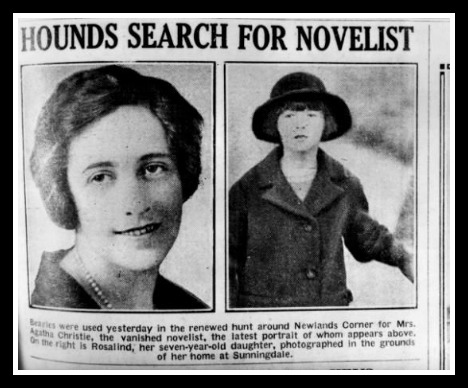
Who best to stage her own disappearance than a mystery writer? Or was it amnesia from a car accident? What of the maaaany clues that were left behind and ignored? Was this all a publicity stunt?
(But some of us know exactly what happened to her, right? Right? Wibbly wobbly, timey wimey…)

Riiiight, wink wink…amnesia. Sure.
In a plot twist worthy of a Christie novel, Agatha’s divorce changed her life for the better. With Rosalind away at school, Agatha booked passage on The Orient Express and got her groove back. A series of introductions and adventures led her into the life of 14 years younger archaeologist, Max Mallowan. A very delightful romance ensued, and they were married within two years.
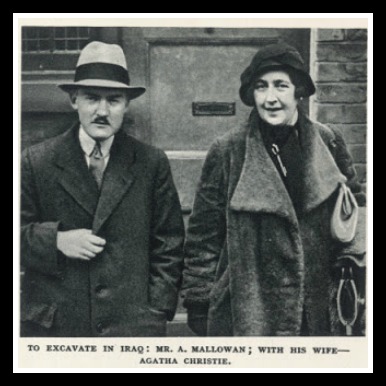
Agatha and Max
The Mallowans would spend months on archaeological digs where she wasn’t The Queen of Crime…more like the Queen of Grime. She helped to clean and log artifacts and wrote when she could. Whatever it was- the love, support, adventure, locations- she began a pace of 2-3 novels a year for the next ten years including psychological romance novels under the pen name Mary Westmacott. World War II slowed her a bit, as Max joined the Air force and Agatha again went to work in a pharmacy. Tax and pay issues began to plague her which were complicated by the war. Her method for solving financial problems was simple: write more books (okay, that may be the oversimplified version, we do go into detail on all of this during the podcast). She was amassing a very large library of her books and eventually Queen Elizabeth took notice and awarded her the order of Dame Commander.
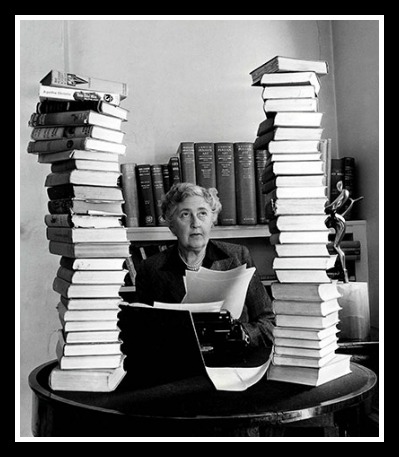
That is a lot of books
Plays, movies, television shows…Agatha’s work was everywhere and she kept up the pace as long as she could.
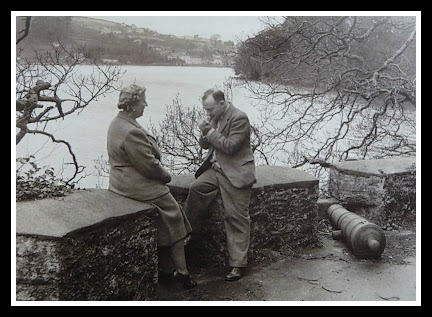
Agatha and Max near their home, Greenway. She had a really great life. (Courtesy National Trust)

Agatha at the Acropolis 1958. She looks so happy. (courtesy National Media Museum)
On January 12, 1976 at the age of 85, Dame Agatha Christie Mallowan died of natural causes at her home. Agatha is buried at St. Mary’s church, Cholsey, UK. 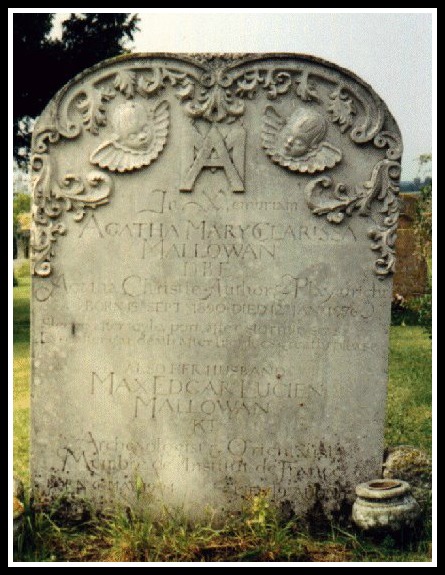
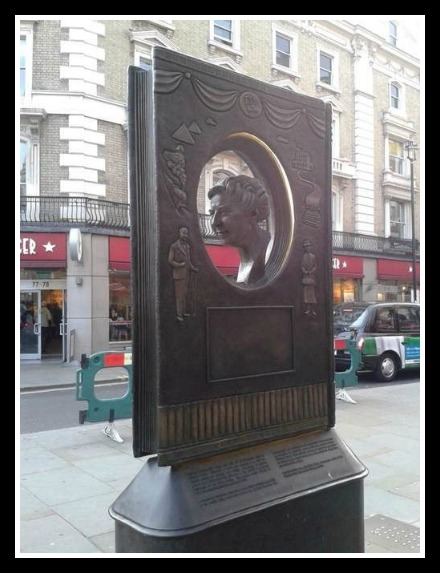
Detail on London Sculpture: left to right, Hercule Poirot, the Orient Express, the pyramids, a mousetrap, a country house, typewriter, and Miss Jane Marple. (Courtesy Guidedwalksinlondon and this link has more to share on Agatha!)
TIME TRAVEL WITH THE HISTORY CHICKS If you want to immerse yourself into the Christie subculture, you must go here first: AgathaChristie.com. Maintained in part by her archive trust, you can read more about her life and work, see a bunch of pics and *sings* there is an active message board! Really a great site for new and established Christie fans. The British Museum has an pretty cool online tour of pieces from Agatha and Max’s archaeological work, spotlighting one of the larger parts of her life when she kept out of the public eye. Agatha Christie and Archaeology . Headed to Torquay, the “English Riviera”? A gallery is devoted to Agatha at the Torquay Museum, including Poirot’s study (donated from a movie set).
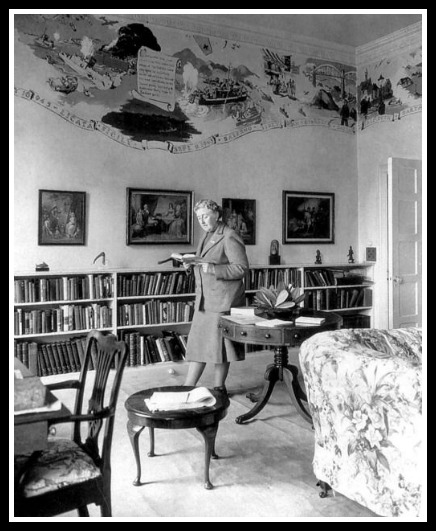
This very room in Greenway seems to be refurbished exactly as she had it. Go, report back and tell us if it is!
Agatha and Max’s stunning home, Greenway, is now open to the public. Go! Take pictures! Better yet, take us! Books! We narrowed our favorites about Agatha down to three books each. Beckett’s choices: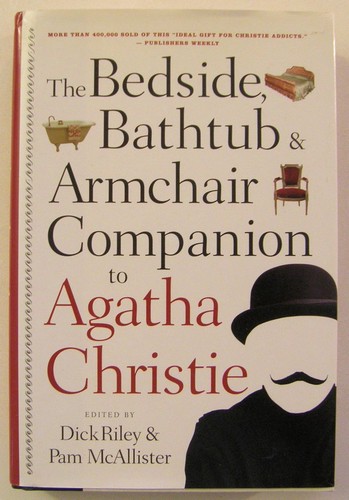
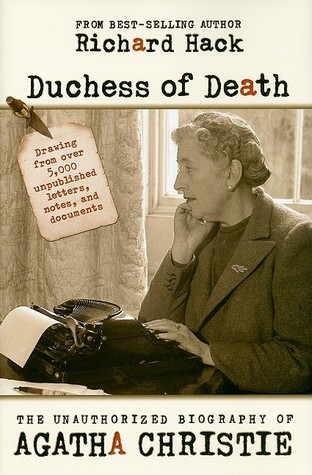
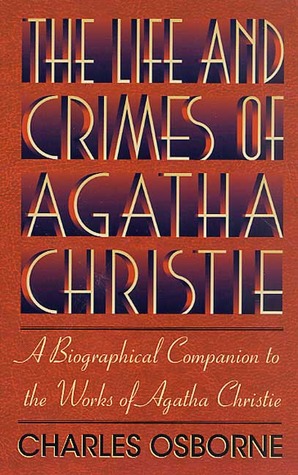 And Susan’s favorites:
And Susan’s favorites: 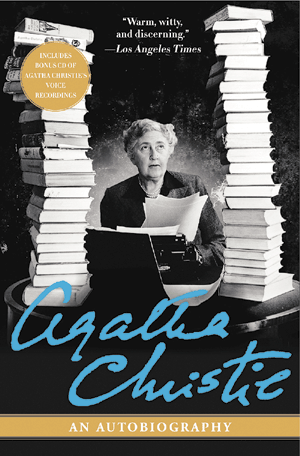
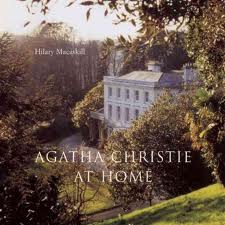
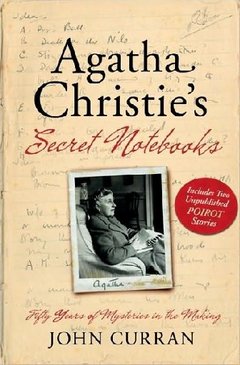 The BBC movie is available on DVD, we got a copy from the library (Freesies!)
The BBC movie is available on DVD, we got a copy from the library (Freesies!) 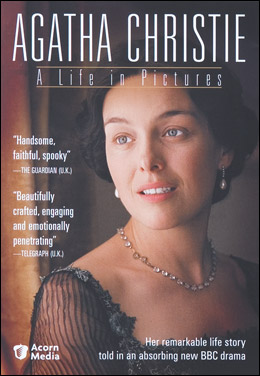
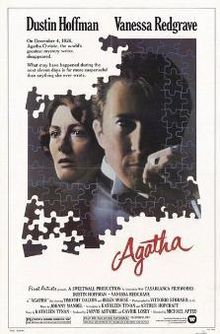
1079 movie explanation of what happened during Agatha’s disappearance. Horrible. Watch old episodes of Murder She Wrote, instead.
Beckett geeked out about the Agatha themed geocaches, join in the hunt at Geocaching.com While we can’t go hunting the ones in the UK and New Zealand -if you can dooo iiit!
As always, music comes courtesy of Music Alley. Visit them at musicalley.com
PODCAST AUDIO: “Agatha Christie”
by The History Chicks | Apr 16, 2013 | Shownotes
A little birdie told us that a lot of you wanted an episode about the life and work of Jane Austen.
That would be several little birdies who tweet, post on facebook, write emails and vote on our Guaranteed Content Poll. During this episode we do exactly what you have asked (over and over again) and chat about the life of author Jane Austen.
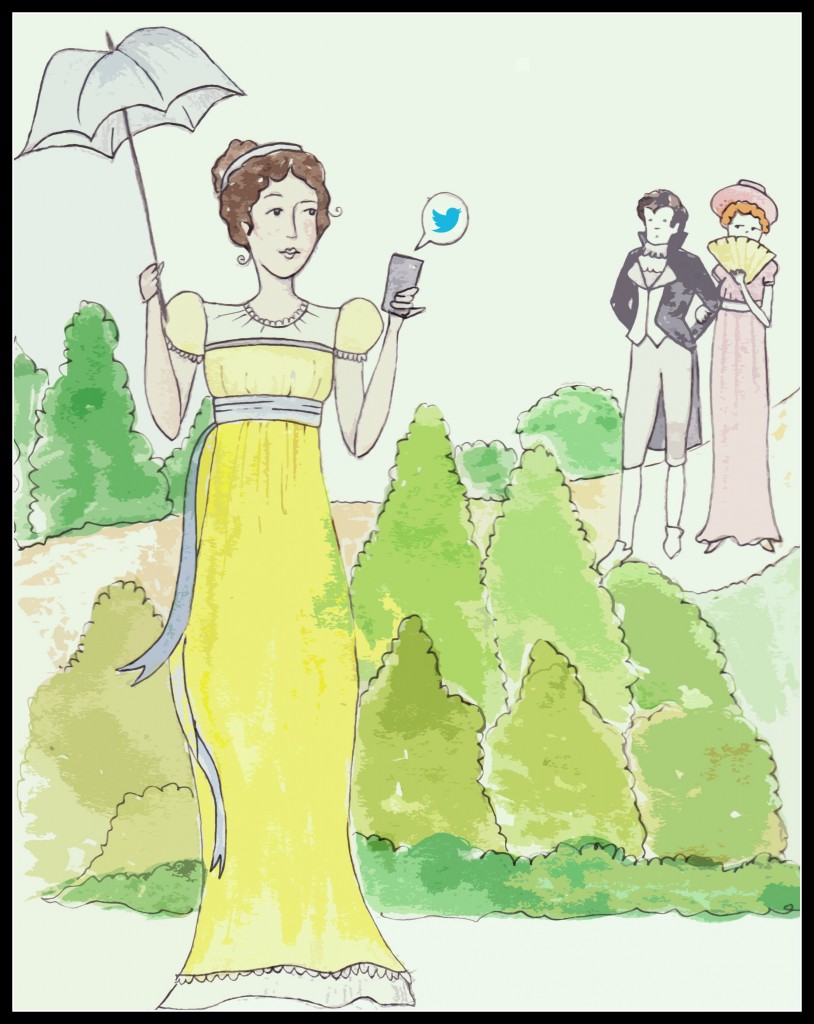
The ability to anonymously make wry commentary on social media may have appealed to Miss Austen, but one must wonder if she would have been able to limit herself to a mere 140 characters. (A very special gift from illustrator, Lisa Graves of History Witch)
Jane’s real life wasn’t exactly like the ones that she painted for the heroines in her novels. She was born into a family of modest means and lived that way for her entire life. Like a few of her characters, her best friend and confidante was her sister – but unlike most of them, she never married. Four of Jane’s novels were published but only within her last few years (and she was never credited by name as the author); two more were published after her death. She did enjoy a social life, but lived a very ordinary, quiet and private existence. There is only one confirmed picture of her, and even that was a sketch done by her sister. People who knew Jane claimed that it didn’t quite capture her appearance. Oh, Jane, this is but one mystery in your wake!
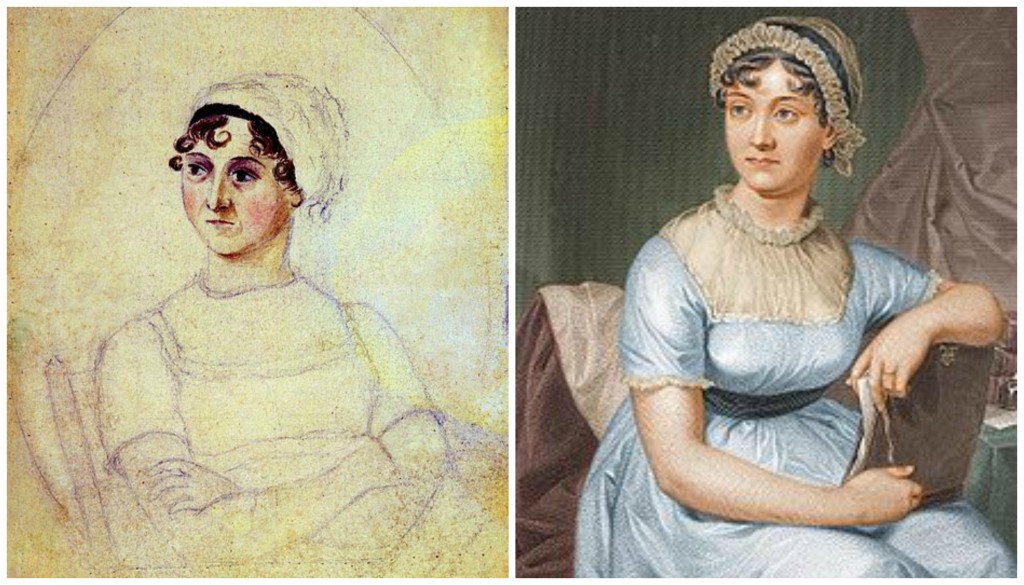
Sketch on left done by sister Cassandra (she looks irritated, right?) Portrait on right based on that sketch was created many years later
Jane Austen was born December 16, 1775 at Steventon Rectory, Hampshire England where her father, George, was the Oxford-educated parish Rector. Jane was the seventh of eight children, and only the second daughter. Sister Cassandra (who was three years older and named after Mum) would remain close to Jane for her whole life. Parents Austen believed strongly in education and reading and maintained a very loving (and wildly rambunctious) household. Not only was the home filled with Austen children, but Rev. Austen took in several more boys and turned the home into a boarding school.
After a relatively brief and traumatic stint at a couple of girls boarding schools, Jane’s formal education was complete. Her father’s library and educational materials were available to her and, supplemented by the occasional tutor, she learned to play the piano, speak French, some Italian and do needlework. And she wrote. Quite a bit. Not merely letters, which were the primary communication device of the time, but she began to write poems, short stories, plays and short novels. This collection of work is now known as Jane’s Juvenilia which was eventually published in the 1930’s. The most humorous to us is this 15 page History of England from the Reign of Henry the 4th to the Death of Charles the 7th: By a Partial, Prejudiced and Ignorant Historian. Illustrated by sister Cassandra, it shows the early wit of a writer who would later mock many a social convention.
As the Austen sisters grew to a marrying age both had episodes of love and heartbreak. Cassandra was engaged for a period, although he died while attempting to earn enough money for them to marry. Jane had two recorded (and one suggested and mysterious) relationships. The first was a hot and heavy flirtation with a young man who, when his parents realized he was smitten with the unmonied Jane, was made an offer he couldn’t refuse and left Jane. The second was a very (oh so very) brief engagement that lasted a whole evening. It wasn’t that Jane didn’t like to socialize, she was very social and loved to dance- but this is one more mystery in her legacy.
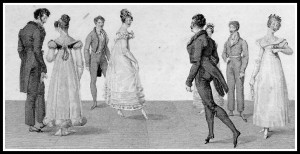
Quadrille, a popular dance of Jane’s time.
Why so much mystery? Certainly there was correspondence, or some type of primary source documentation? There was. Accent on “was”. For some reason, Cassandra (as well as some of the Austen brothers) destroyed most (as in: several thousand down to a couple hundred) of the letters that Jane sent. Most of the story of her adult years had to be cobbled together through other accounts, and some parts will never, truly be understood. For instance: As two unmarried women of the time Jane and Cassandra were utterly dependent upon their family for survival. When Papa retired, the foursome moved to Bath. Jane’s opinions about the move as well as how she felt during that time are mostly unknown as she stopped writing her as yet unpublished novels, and there are few letters that remain from her.
We do know that she carried around three manuscripts- precious cargo they were- as she traveled to visit family and friends while Bath was her home base. Later, she lugged them around again as she and her female relations set to find financial support after the death of her father. It wasn’t until Jane, Cassandra and their mother set up house in Chawton Cottage, part of a property owned by an elder brother, did Jane begin to write again.
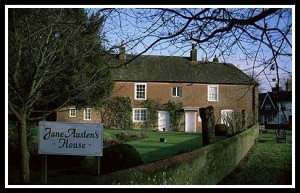
Chawton Cottage- Jane’s last happy home and now a museum
And write she did!
In 1811 Jane’s first novel, Sense and Sensibility was published in three volumes. We will cover all of Jane’s books in a separate episode, but publication came pretty quickly from this point until her death. Pride and Prejudice, Mansfield Park and Emma followed in print over the next few years.
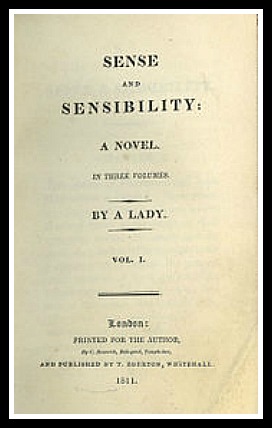
First edition Sense and Sensibility by Jane…er, no, sorry…by A Lady.
However, Jane became ill- weak and in chronic pain- her writing slowed down. On July 18th, 1817 at the age of 41, Jane Austen died in the arms of her beloved sister. Her final two novels, Persuasion and Northanger Abbey were published together after her death. We cover many more details of Jane’s life, as well as some interesting tidbits about the Georgian and Regency periods, in the podcast. We also discuss Jane’s long lasting appeal- why her chronicling and wry observations of the Regency period ignite a level of intrigue in millions wonder who still wonder what other works she may have had in her future if death hadn’t stilled her passion.
TIME TRAVEL WITH THE HISTORY CHICKS
Make your plans now to attend one of any number of events worldwide commemorating the 200th anniversary of Pride and Prejudice! Here is a calendar! The closest to us is in Louisville…hmmmm?
You want to meet the other Janeites, right? Get in-depth information and talk about every aspect of the life and work of this woman? Visit the website (facebook page, twitter) of your nearest Jane Austen Society and dive in. Jane Austen Society of North America.
Google it yourself, there are so many websites devoted to Jane that we couldn’t possibly compile a list, merely give you a few to start with. How about- The Republic of Pemberley? This site is a feast of intel and hosts an active community.
Or maybe- Seeking Jane Austen.com which is a guide to the locations associated with Jane.
Jane Austen Fight Club video!
For the over 21 crowd: The Jane Austen Drinking Game. (Countenance: A calm and composed facial expression. Continence: The ability to retain bodily discharge. Yes, let’s all laugh again.)
While you are clicking around online, go take a tour of Jane Austen’s House Museum which is kind enough to provide a virtual tour (Oh, you know we love a good virtual tour). This is is where she wrote the bulk of her published novels and was her last home. Or better: plan a trip around Austen! There are maaaany websites to assist you on this, and most of the links we provided will get you started, here is one to start with The World of Jane Austen. Remember to send us a postcard!
Books! Again, we had a stack of materials to choose from and narrowed it down to our favorites (although many others were quite good and it is fair to say that we have OD’d on Austen)
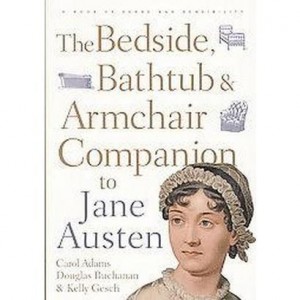
By Adams, Buchanan and Gesch
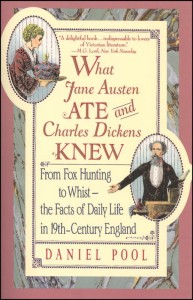
By Daniel Pool
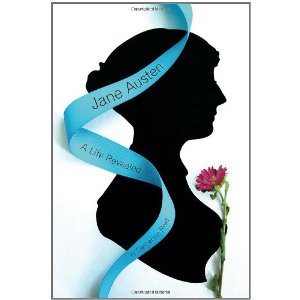
Catherine Reef (YA book)

Claire Tomalin
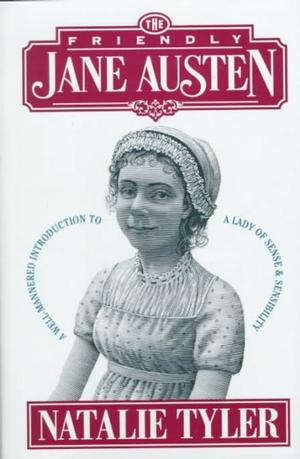
Natalie Tyler
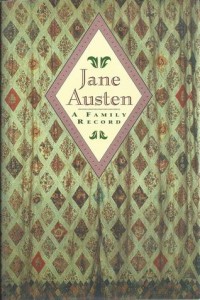
Jane Austen: A family Record (this is the book Beckett sniffs) by William Austen-Leigh and Richard Arthur Austen-Leigh
We always recommend Supersizers, Go! and they don’t disappoint with the episode based on the Regency Period.
A very big thank you to Lisa Graves who crafted the irrelevant Jane illustration tweeting from the top of this post. We both adore her work and style (she also graciously did the illustration for our Julia Child episode) and are thrilled to share that she has author/illustrated a History Witch book coming in June! Visit her site History Witch for more of her charming women’s history illustrations and oddities about some of histories most colorful women.
As always, our music comes courtesy of Music Alley. Visit them at Music.mevio.com
(Closing song: Know Which Way the Wind Blows” by The Postmarks)
 And in her free time what did she do? Write. Her sister challenged her to write a detective story by saying Agatha couldn’t so during the war Agatha completed a novel, The Mysterious Affair At Styles, and sent it off to publishers. She soon met a dashing and charming young aviator, Archie Christie who would- despite concerns and lack of time together- become her husband. Life with Archie distracted her- setting up a home and having a baby will do that- but one day she got word that her novel, starring a detective who was to follow her around for most of her career- Hercule Poirot- was to be published.
And in her free time what did she do? Write. Her sister challenged her to write a detective story by saying Agatha couldn’t so during the war Agatha completed a novel, The Mysterious Affair At Styles, and sent it off to publishers. She soon met a dashing and charming young aviator, Archie Christie who would- despite concerns and lack of time together- become her husband. Life with Archie distracted her- setting up a home and having a baby will do that- but one day she got word that her novel, starring a detective who was to follow her around for most of her career- Hercule Poirot- was to be published.







 And Susan’s favorites:
And Susan’s favorites: 

 The BBC movie is available on DVD, we got a copy from the library (Freesies!)
The BBC movie is available on DVD, we got a copy from the library (Freesies!) 























